
The housing crisis is no longer confined to large coastal regions. Freddie Mac has estimated that the United States is short nearly 4 million housing units with nearly every state confronting this deficit. As a result, the combination of rising demand and historically low inventory has pushed home prices to the highest level in decades.
Historically, development codes have actually contributed to this problem. It is clear that the planning community needs new and innovative approaches to ensure modern and effective development codes function to deliver greater housing choices.
As such, land use policies and zoning practices have emerged as “front-and-center” tools for addressing this issue. Development codes facilitate urban development that aligns with its community’s vision, identifying where, how much, and what to build. The code’s ease of use, clarity of standards, and flexibility to meet market demand are fundamental to a community’s ability to address housing needs.
Kendig Keast Collaborative (KKC) has been a thought-leader in addressing residential land uses through its work across multiple states with cities and counties of various scales, including Covington, KY; Marshalltown, IA; Littleton, CO; and many others.
The issue is the same across communities: How do we diversify our community’s housing options and provide more affordable housing while and maintaining the community’s unique character?
In response to this question, KKC collaborates with client communities to implement enCodePlus tools to power strategic approaches to drafting housing regulations.
One approach has been to clearly communicate a palette of housing options permissible by-right across multiple zoning districts. Tables, like those shown below from Covington, KY’s Neighborhood Development Code, clearly display which housing and building types are permitted within each district. In addition to integrating associated hyper-linked development standards for that housing type, enCodePlus provides a user-friendly platform housing all relevant information in one location for an efficient end-user experience.
A second key benefit enCodePlus delivers client communities is the ability to redefine dimensional standards to promote greater flexibility in integrating a broader variety of housing types. In their recently adopted Unified Land Use Code (ULUC), Littleton, CO, provides multiple opportunities for smaller lots and higher residential densities to be integrated into the existing community character, particularly their downtown and core areas.
While these are conventional approaches to regulating properties, integration of the new housing types into the various enCodePlus calculators (setback, parking, building placement, and other development regulations) represents a new way to streamline communication between applicants and client staff.
Most importantly, the enhanced communication results in a better visualization and deeper understanding of the proposed building in relation to its surrounding properties. Ultimately, this approach serves to both minimize any potential impacts to existing neighborhoods and help lower the chances of any potential community push back.
